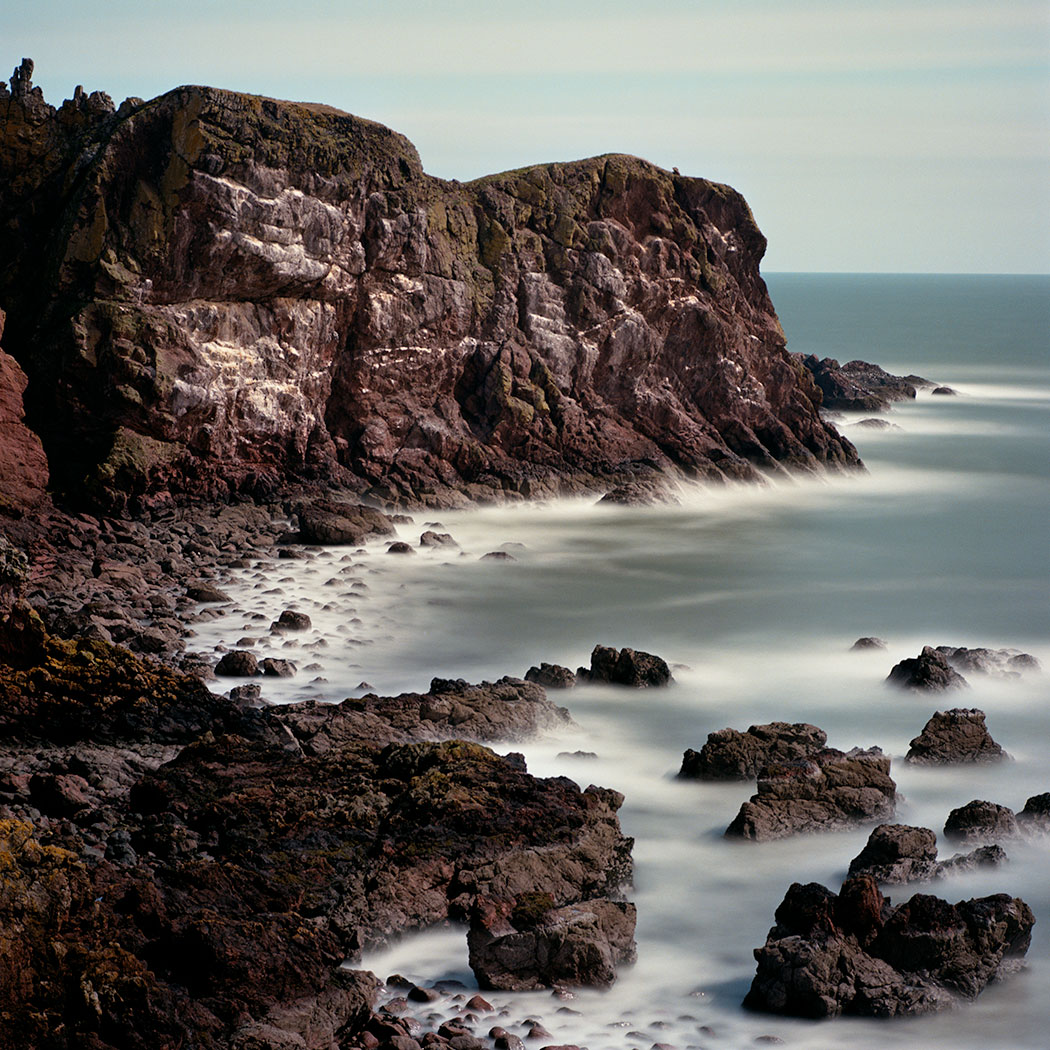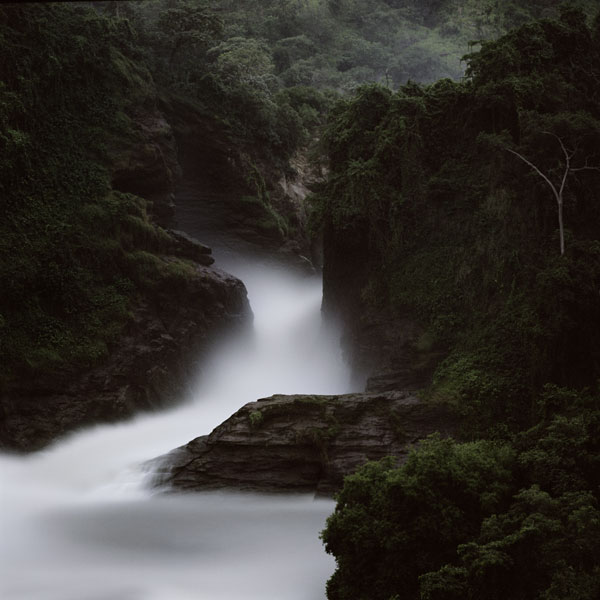After having researched the ‘Earth’ photography book published by teNeues i came across the photographer Darren Almond – Page 94 of Earth book. His work instantly drew me in and i was inspired to look at his work in more detail and research information about the photographer. Immediately i was inspired to create a similar approach to photographing the environment when I saw his work.
Darren James Almond, born August 1971, is an English artist, based in London. Almond graduated from Winchester School of Art in 1993, with a BA (hons) degree in Fine Arts. He works in a variety of media including photography and film, which he uses to explore the effects of time on the individual. He uses sculpture, film and photography to produce work that harnesses the symbolic and emotional potential of objects, places and situations, producing works which have universal as well as personal resonances.
One of Almound’s projects that stood out in particular was his full moon project taken in Patagonia and Cape Verde. Almond shot by the light of a full moon. He stood attentively by his camera waiting for clouds to clear, then used long exposures of between 12 and 30 minutes. The results are both natural and unearthly, recognizable and oddly alien.
Quoted by Sean O’Hagan from The Gaurdian – “Volcanic rock emerges from a sea that looks like misty cloud seen from an aeroplane window. A river’s torrent is rendered smooth and sculptural, and the eucalyptus forest it runs through seems impressionistic and ghostly. Shadows lose their edges; they become soft and almost indistinct.” “With long exposures, you can never see what you are shooting,” Almond told me when I walked around the exhibition with him. “But you are giving the landscape longer to express itself.”


Image Analysis

This photograph appears to have been taken with only natural light of the moon as this photo comes from Almound’s ‘full moon’ photo book. Typically, wide angle lenses are used to capture landscape photos, which is likely what would have been used to create this image. This image has a large tonal range, with the background and parts of rock formations very dark and sinister to the illuminated tranquil water. This image entails a large depth of field as the closest parts of the image are sharp and in focus as well as the furthest points such as the trees. A slow shutter speed would have been used to capture this image because we can see there is clear motion blur within the river. Thus helping to create a silky and smooth feel to the water.
There is a great use of leading lines within this photo as the river and trees/banks on either side of it, leads the viewers through the photo and almost takes them on a journey down the river. The composition of this photo is effective and uses the rule of thirds to its potential. The use of the rule of thirds can be seen through the river positioned on the left vertical line and the main focal points positioned on the cross over points. The use of the rule of thirds is used because Almound is trying to show how beautiful the landscape is and by concentrating on visual and technical aspects of the actual photograph it influences the viewer that the thing being photographed is better than it actually is.
In ‘Fullmoon’, British artist Darren Almond catches landscapes around the globe, under the particular light of a full moon. With the shutter kept open for over a quarter of an hour, rivers, meadows and mountains are illuminated almost like daybreak, but the atmosphere is different: a mild glow emanates even from the shadows, star-lines cross the sky, and water blankets the earth like a misty froth. The enhanced moonlight fill the landscapes with a sense of the surreal or the sublime, and with haunting ideas of time, nature and beauty.
The conceptual idea behind this series of photographs and this one in particular is to leave you wondering what words like landscape and nature can possibly mean in a world where environmental change is so rapid that both are fast disappearing into myth and memory.
